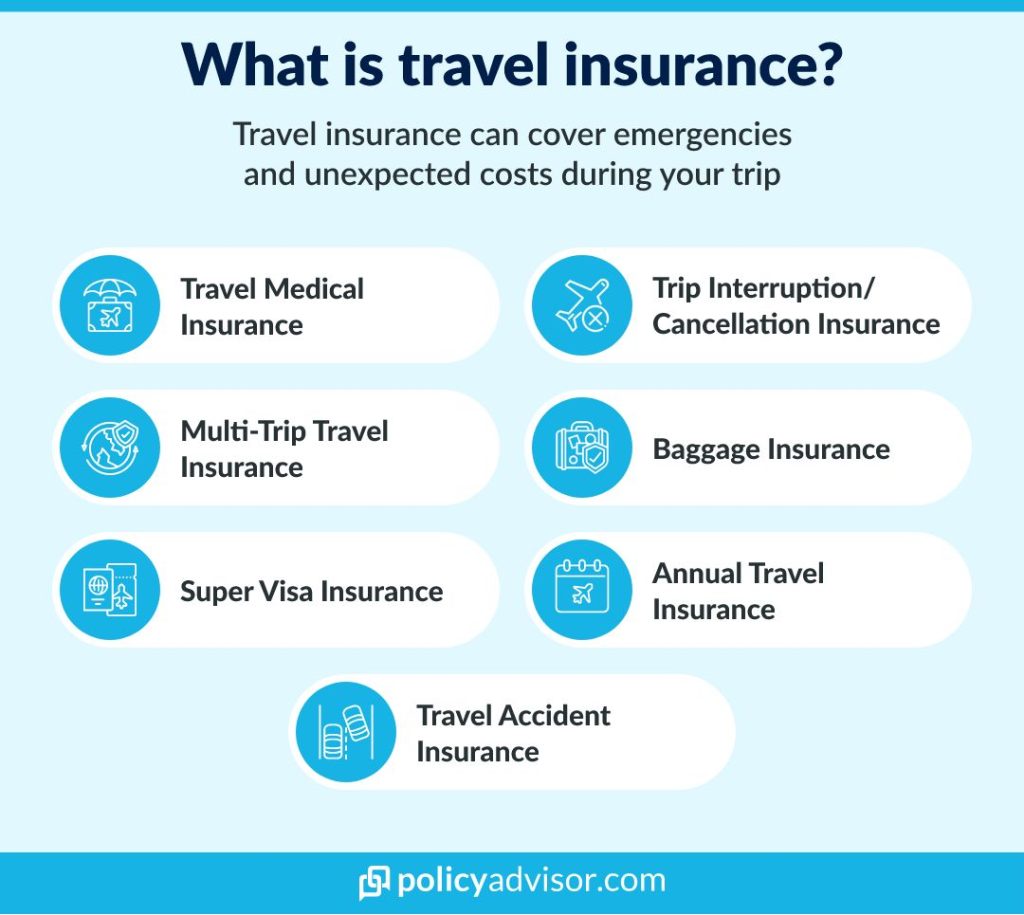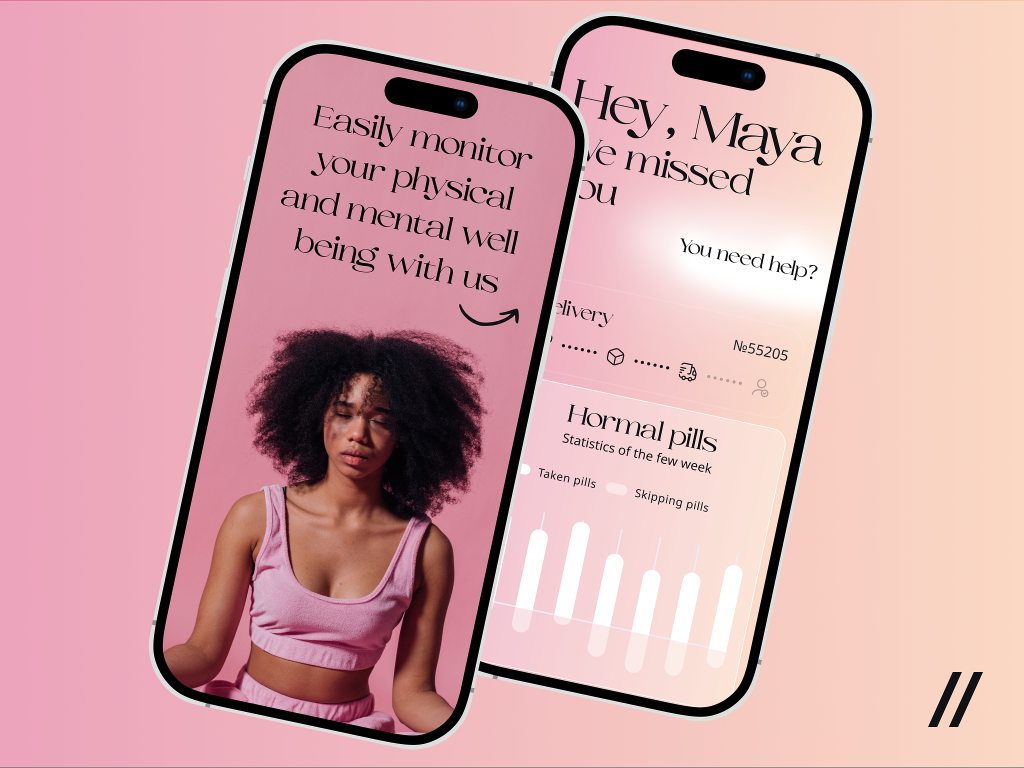Medical insurance can save you a lot of money, especially if you’ll use contemporary technologies for that. Here we’ll explore how it works and how exactly it saves money. Various insurance app development services provide tools for developing such applications. They help people obtain the services they want quickly. For example, modern insurance apps use artificial intelligence to select the model which suits you best.
Medical insurance: Why it matters?
Medicine is usually quite expensive, although it depends on the country in which you’re residing. For example, the average cost of emergency medicine (ER) visits in the United States is $2,168. Each doctor visit costs $200 – $300. If you need to stay in the hospital, you must pay about several thousand dollars per day! Compared to that, health insurance prices are much friendlier: for short-term travelers, there are plans for $2 – $10 per day. Compared to that, standard monthly health insurance costs depend on the state and vary from $350 to $800 per month. As one can see below, medical insurance is one of the essential elements of travel insurance in general.

In most other countries, medicine is cheaper than in the U.S., although in Singapore and Canada, for example, prices are comparable. In Thailand, for example, a yearly insurance plan costs around $2,700 per year, that’s why it’s one of the favorite places for tourists, expats, and digital nomads.
Therefore, insurance, which requires fixed payments once a year or a month, guarantees you that you’ll be freed from these expenses. However, before selecting one of them,
How it saves money
Basically, it removes unpredictability from both the chance of becoming ill and the cost range of medical services. It’s hard to use exact numbers here, as medical expenses are very unpredictable. Probably, eventually, you won’t need your insurance, remaining healthy. However, if you know that your health may be endangered, the situation is different.
Prices of doctor visits, emergency help, medicine, and hospital stays are available. We can use the approximate chance of becoming ill to calculate the chance you’ll need to use it. In the U.S., for example, the typical annual healthcare spending of the average American reach more than $12,000! Compared to that, the usual prices for healthcare insurance are in the range of $4,000 – $8,000 depending on their coverage, and there are very different prices for any situation. So, you can save a lot of money if you’ll choose your plan smartly.
If your health becomes endangered, which is, unfortunately, always possible, you can obtain medical health for free, as it’s already covered by insurance. The modern health insurance app development enables you to use artificial intelligence services to select the best plan for you. Let’s see which plans are usually available to help you orient in various options.
Health insurance types
To select a proper insurance plan, analyze your healthcare needs and spending, and do several other research. We’ll overview it later, and before that, let’s see the list of types that will be mostly available for you. Insurance app development helps here, too: you can select a proper app in your marketplace and choose insurance there
An important concept here is deductible: the sum you must pay before the insurance starts to apply. It may be low in case of the high level of benefits or very high in case of catastrophic insurance.
In various countries, such organizations may have different names and labels, but in general, similar schemes apply everywhere. Before traveling to the country, check the local insurance companies and organizations with similar functions as in the list below, and select the type you’ll need.
- A network of healthcare providers helps you obtain medical help in the network. Mostly, you need to choose a physician who’ll refer you in case when you need insurance-covered medical help. There are various types and examples of this option, different in opportunities, premiums, and deductible sums.
- Catastrophic health insurance has much lower monthly premiums but high deductibles, up to several thousands of dollars. They will protect you in case of extreme situations.
- Employer-sponsored insurance is open if you work in a company having contacts with the insurance companies and providing it for employees. In that case, you can obtain help, including when you’re traveling.
- Self-purchased insurance is when you use an insurance app or contact the company directly. These plans are self-funded and provide coverage based on the selected options.
How to use it?
Choosing an insurance plan can be tricky, as it requires you to make quite a large investment in your health. Before traveling, check the prices in local clinics: pay attention to prices in pharmacies, emergency medicine, doctor visit, and hospital stay costs. Calculate how much you must pay in case you’ll have a serious illness, injury, or small health problems, and make sure to count your regular healthcare expenses in case of chronic illnesses. Note that modern insurance app development helps reduce insurance expenses.
So, let’s write down the evaluation plan.
- Assess your healthcare needs: your current health status, medical history, frequency of doctor visits, and medication requirements.
- Estimate potential healthcare expenses based on the previous point. This may include consultations, prescriptions, diagnostic tests, surgeries, or hospital stays.
- Understand health insurance options by exploring companies and organizations available in the country you’re going to, paying attention to what is available for citizens, non-citizen residents, and short-term tourists.
- Evaluate premiums (monthly/annual payments) and deductibles (out-of-pocket costs). Calculate the potential total cost based on different scenarios.
- Consider risk tolerance, which is your comfort level with financial risk. If you prefer security, it’s much better to spend some money on insurance.
- Explore government help available for the country’s citizens and non-citizens.
- Seek professional advice by consulting with a qualified insurance agent or financial advisor who can provide personalized guidance in analyzing the costs and benefits of different insurance options.
Future prospects
Insurance app development and technological progress create new opportunities for health insurance. At the end of the article, let’s quickly overview them. See below an app interface concept from Dribbble, which implements some similar features.

- Digital monitoring using wearable devices and insurance apps gathers real-time health data to offer personalized policies. It enables companies to assess risks better, promote preventive care, and offer personalized plans.
- Artificial intelligence technologies and services can greatly improve claims processing and plan searching, enabling smart search and client data analysis.
- Telemedicine services allow policyholders to access virtual consultations, and remote healthcare services, improving outcomes and reducing costs greatly.
- Blockchain technology can enhance the security, privacy, and interoperability of medical data for insurance providers.
- Genetic testing provides specific information about a client, enabling offering personalized coverage.
These technologies and practices have the potential to remake the insurance industry. Modern insurance app development uses them extensively to remain competitive and help people select the best options.
Conclusion
Health insurance is important to reduce your healthcare expenses and save your nerves. While you can reject it if you’re confident in your health, as we’ve seen, insurance will cost you 30 – 60% less than typical healthcare services. Insurance app development utilizes various new technologies, such as AI, blockchain, and telemedicine, enabling quicker and cheaper ways to secure one’s health.
